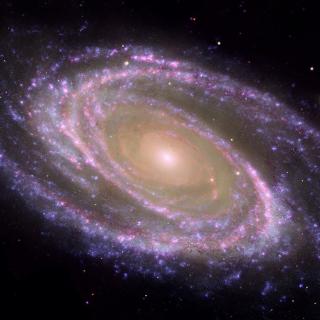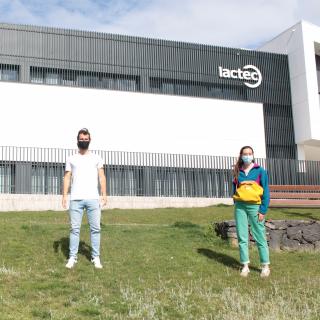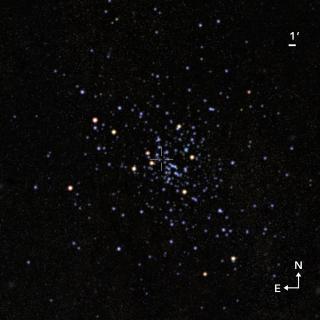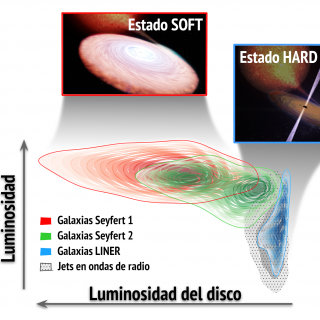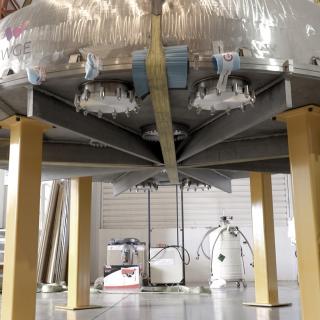
The pre-optics for HARMONI, the optical and infrared spectrograph to be installed on the Extremely Large Telescope (ELT) at Cerro Armazones (Chile), has passed successfully the test of the optomechanical design produced by the Instituto de Astrofísica de Canarias (IAC). The instrument will now proceed to the Final Design Phase, prior to the start of the building of the instrument for this telescope of 39 metres in diameter, the largest project in optical and infrared astronomy of the European Southern Observatory (ESO).
Advertised on
